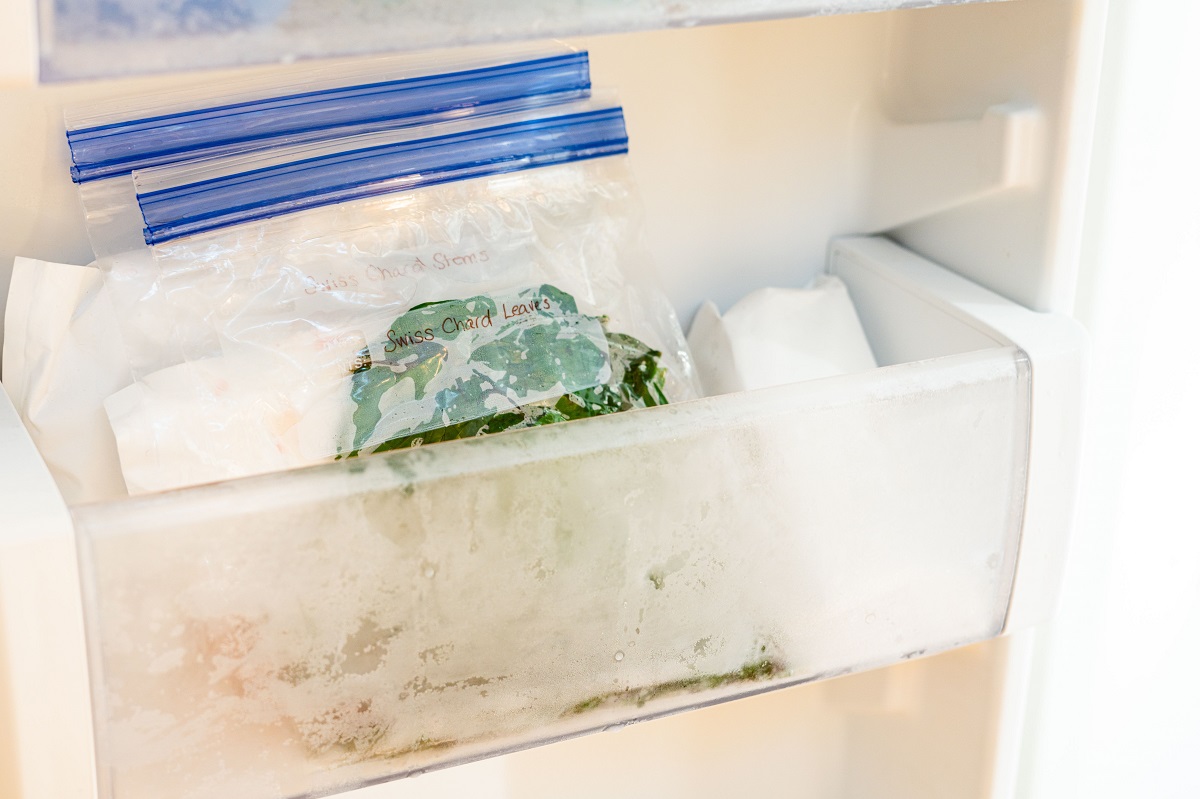

Articles
How To Store Swiss Chard In The Fridge
Modified: February 22, 2024
Learn the best article on how to store Swiss chard in the fridge to keep it fresh and healthy for longer. Don't miss these useful tips!
(Many of the links in this article redirect to a specific reviewed product. Your purchase of these products through affiliate links helps to generate commission for Storables.com, at no extra cost. Learn more)
Introduction
Welcome to our helpful guide on how to store Swiss chard in the fridge! Swiss chard is a nutritious leafy green vegetable that is packed with vitamins, minerals, and antioxidants. It’s a versatile ingredient that can be used in a wide range of dishes, from sautés and stir-fries to salads and soups.
However, like all fresh produce, Swiss chard has a limited shelf life and can quickly wilt or spoil if not stored properly. Knowing the right techniques for storing Swiss chard will help you extend its freshness, allowing you to enjoy its deliciousness for longer.
In this article, we will provide you with step-by-step instructions on how to store Swiss chard in the fridge. We will also share some helpful tips to ensure that your Swiss chard stays fresh and vibrant for as long as possible.
So, if you’ve ever wondered how to keep your Swiss chard crisp and flavorful, keep reading!
Key Takeaways:
- Keep Swiss chard fresh by wrapping it in damp paper towels, placing it in a perforated plastic bag, and storing it in the vegetable crisper. Check and use within a week to enjoy its vibrant color and taste.
- Extend the shelf life of Swiss chard by keeping the leaves dry, blanching and freezing excess chard, and utilizing it in various recipes. Rotate your stock and minimize food waste by following these tips.
Read more: How To Store Swiss Chard
Understanding Swiss Chard
Before diving into the details of storing Swiss chard, it’s essential to understand the vegetable itself. Swiss chard, scientifically known as Beta vulgaris subsp. vulgaris, is a member of the beet family. It is also known by other names such as silverbeet, perpetual spinach, or simply chard.
Swiss chard features large, dark green leaves that are similar in shape to spinach but have a more robust texture. The leaves are attached to colorful stems, which can range in color from white to yellow, red, or pink. These stems are crisp and offer a slightly sweet flavor.
In terms of nutritional value, Swiss chard is a powerhouse. It is rich in essential nutrients like vitamins A, C, and K, as well as minerals such as iron, potassium, and magnesium. Moreover, it contains antioxidants that help protect against various diseases like heart disease and certain types of cancer.
When selecting Swiss chard, look for fresh, vibrant leaves without any signs of wilting or browning. The stems should be firm and crisp. Swiss chard is readily available in most grocery stores and farmers’ markets, especially during the spring and summer months when it is in season.
Now that you have a basic understanding of Swiss chard, let’s move on to the importance of proper storage to maintain its freshness and quality.
Why Proper Storage is Important
Proper storage of Swiss chard is crucial to maintain its freshness, quality, and nutritional value. When stored incorrectly, Swiss chard can quickly lose its vibrant color, crispness, and flavor. It can also wilt, become slimy, or even develop mold, rendering it inedible.
Here are a few key reasons why proper storage is important for Swiss chard:
- Preserves Freshness: Storing Swiss chard properly helps preserve its freshness. This means that it will retain its crispness, vibrant color, and taste for a longer period. This is especially important if you plan to use Swiss chard in salads or other raw preparations, as wilted or limp leaves can affect the overall quality of the dish.
- Extends Shelf Life: By storing Swiss chard correctly, you can extend its shelf life. This means you won’t have to rush to use up your chard and can enjoy it over a more extended period. This is particularly useful if you buy Swiss chard in large quantities or if you harvest it from your garden and want to make it last as long as possible.
- Minimizes Food Waste: Properly storing Swiss chard helps minimize food waste. When you can keep your chard fresh for longer, you’re less likely to throw away wilted or spoiled leaves. This not only saves you money but is also a more sustainable practice.
- Maintains Nutritional Value: The proper storage of Swiss chard helps maintain its nutritional value. Fresh chard is loaded with vitamins, minerals, and antioxidants, all of which can deteriorate when exposed to air, light, or improper temperatures. By storing it correctly, you can ensure that you’re getting the maximum nutritional benefit from your Swiss chard.
Now that you understand why proper storage is essential let’s move on to the step-by-step process of storing Swiss chard in the fridge.
Steps for Storing Swiss Chard in the Fridge
Storing Swiss chard in the fridge is a relatively straightforward process that requires minimal effort. Follow these steps to keep your Swiss chard fresh and crisp:
- Prepare the Swiss Chard: Start by removing any damaged or wilted leaves from the bunch. Rinse the chard under cold water to remove any dirt or debris. Gently pat dry the leaves and stems with a clean kitchen towel or paper towels.
- Wrap in Damp Paper Towels: Take a few damp paper towels and wrap them around the Swiss chard. The moisture from the towels will help keep the leaves hydrated and prevent them from drying out in the refrigerator.
- Place in a Perforated Plastic Bag: To provide some airflow while maintaining moisture, place the wrapped Swiss chard in a perforated plastic bag. Alternatively, you can poke some holes in a regular plastic bag to allow for ventilation. This step helps prevent excess moisture build-up, which can lead to rotting.
- Store in the Vegetable Crisper: Put the bagged Swiss chard in the vegetable crisper drawer of your refrigerator. The cool temperature and controlled humidity in the crisper help maintain the freshness of the chard.
- Keep Away from Ethylene-Producing Fruits: Swiss chard is sensitive to ethylene gas, a natural gas produced by certain fruits that can accelerate the ripening and deterioration of produce. Keep your Swiss chard away from ethylene-producing fruits like apples, bananas, and tomatoes to prevent premature spoilage.
- Check and Use Within a Week: Swiss chard is best consumed within 5 to 7 days of storage. Regularly check the chard for any signs of deterioration, such as wilting or browning. Use the Swiss chard as needed, and discard any spoiled leaves.
By following these steps, you can ensure that your Swiss chard stays fresh and vibrant in the refrigerator for an extended period.
Next, let’s explore some additional tips to help you prepare Swiss chard for storage and extend its shelf life.
To store Swiss chard in the fridge, first remove any bands or ties, then wrap the chard in a damp paper towel and place it in a plastic bag. Store it in the crisper drawer for up to 5 days.
Tip: Preparing Swiss Chard for Storage
Properly preparing Swiss chard before storing can help maintain its freshness and quality for a longer period. Here are some tips to help you prepare Swiss chard for storage:
- Remove Damaged Leaves: Before storing Swiss chard, inspect the leaves and remove any damaged or wilted ones. Damaged leaves can release ethylene gas, which can accelerate the deterioration of the remaining chard.
- Rinse and Dry: Give the Swiss chard a gentle rinse under cold water to remove any dirt or debris. Shake off excess water and pat dry the leaves and stems with a clean kitchen towel or paper towels. Excess moisture can contribute to premature wilting or spoilage.
- Separate Leaves from Stems (if desired): If you prefer to store Swiss chard with the leaves and stems separated, trim the stems from the leaves. Wrap the leaves and stems separately in damp paper towels and store them in separate storage bags.
- Store the Brightly Colored Stems: The colorful stems of Swiss chard are edible and can be used in various dishes. If you enjoy using the stems, store them separately in a plastic bag or container. They will stay crisp and ready to be used in your culinary creations.
- Label and Date: To keep track of the storage duration, label the storage bags or containers with the date of storage. This way, you can easily identify how long the Swiss chard has been stored and use it before it loses its freshness.
By following these preparation tips, you can ensure that your Swiss chard is ready for storage and will stay fresh and delicious for as long as possible.
Next, let’s discover some additional tips to help you extend the shelf life of Swiss chard.
Read more: How To Germinate Swiss Chard
Tip: Extending the Shelf Life of Swiss Chard
If you want to further extend the shelf life of Swiss chard and maximize its freshness, consider implementing these additional tips:
- Keep the Leaves Dry: Excess moisture can lead to wilting and spoilage. Before storing Swiss chard, make sure the leaves are thoroughly dry. Excess water can be removed by gently blotting with a clean kitchen towel or using a salad spinner.
- Use airtight containers: Instead of using plastic bags, consider storing Swiss chard in airtight containers. Airtight containers can help maintain the moisture content and prevent the chard from drying out or absorbing unwanted odors from the fridge.
- Revive Wilted Leaves: If you notice that some of the Swiss chard leaves have wilted slightly, you can revive them by placing them in a bowl of ice-cold water for about 30 minutes. This will help crisp up the leaves and restore their freshness.
- Blanch and Freeze: If you have an abundance of Swiss chard that you can’t consume within the recommended time frame, blanching and freezing the leaves can be a great option. Blanching helps preserve the color, texture, and flavor of Swiss chard, and freezing allows you to enjoy it for several months.
- Utilize in Various Recipes: To make the most of your Swiss chard and prevent it from going to waste, incorporate it into a variety of recipes. From sautéing and steaming to adding it to soups, salads, and smoothies, Swiss chard can enhance the flavor and nutrition of your meals.
- Rotate Your Stock: If you frequently purchase Swiss chard, be mindful of its shelf life. When you buy fresh chard, try to use the older leaves first before moving on to the fresh ones. This way, you minimize the chance of any chard going bad or being wasted.
By implementing these tips, you can significantly extend the shelf life of Swiss chard and keep it fresh and flavorful for an extended period.
Now that we’ve covered the steps for storing Swiss chard and some helpful tips, it’s time to address some frequently asked questions about Swiss chard storage.
Frequently Asked Questions (FAQs)
Here are some common questions about storing Swiss chard:
1. How long can you store Swiss chard in the fridge?
Swiss chard can typically be stored in the fridge for about 5 to 7 days. However, the exact shelf life can vary depending on the freshness of the chard when purchased and how well it is stored.
2. Can you freeze Swiss chard?
Yes, Swiss chard can be frozen for longer-term storage. To freeze Swiss chard, blanch the leaves in boiling water for a minute, then plunge them into ice water to stop the cooking process. Drain and pat dry the chard, then pack it into airtight containers or freezer bags. Frozen Swiss chard can last for up to 8 months in the freezer.
3. Can you store Swiss chard without refrigeration?
While refrigeration is the recommended method for storing Swiss chard, you can store it for a short period without refrigeration. Keep the Swiss chard in a cool place away from direct sunlight, and make sure it remains as dry as possible to prevent wilting and spoilage.
4. Can you store Swiss chard with other vegetables?
Swiss chard can be stored with other leafy greens like spinach or kale. However, keep in mind that Swiss chard is sensitive to ethylene gas produced by certain fruits and vegetables. It’s best to keep it away from ethylene-producing fruits like apples, bananas, and tomatoes to prevent premature wilting or spoilage.
5. Can you store Swiss chard after it has been cooked?
While it’s possible to store cooked Swiss chard, it is recommended to consume it within a couple of days for best quality and flavor. Cooked Swiss chard can be kept in airtight containers in the refrigerator.
These are just a few frequently asked questions about storing Swiss chard. If you have any additional queries, feel free to consult with your local grocery store or a knowledgeable produce expert.
Now, let’s wrap up this article.
Conclusion
In conclusion, properly storing Swiss chard in the fridge is essential to maintain its freshness, quality, and nutritional value. By following the steps outlined in this guide, you can ensure that your Swiss chard stays crisp, vibrant, and delicious for a longer period.
Remember to prepare the Swiss chard by removing any damaged leaves, rinsing, and drying it thoroughly. Wrap it in damp paper towels and place it in a perforated plastic bag or airtight container before storing it in the vegetable crisper of your refrigerator. Keep it away from ethylene-producing fruits and check it regularly for any signs of deterioration.
Additionally, consider implementing tips like reviving wilted leaves, blanching and freezing excess Swiss chard, and utilizing it in various recipes to extend its shelf life and minimize food waste.
By applying these storage techniques and tips, you can enjoy the freshness and flavor of Swiss chard for an extended period, maximizing its nutritional benefits and minimizing waste.
We hope this guide has been helpful in understanding how to store Swiss chard in the fridge. So, the next time you buy or harvest Swiss chard, you can confidently store it and enjoy its delightful taste and nutrition in your favorite dishes.
Frequently Asked Questions about How To Store Swiss Chard In The Fridge
Was this page helpful?
At Storables.com, we guarantee accurate and reliable information. Our content, validated by Expert Board Contributors, is crafted following stringent Editorial Policies. We're committed to providing you with well-researched, expert-backed insights for all your informational needs.

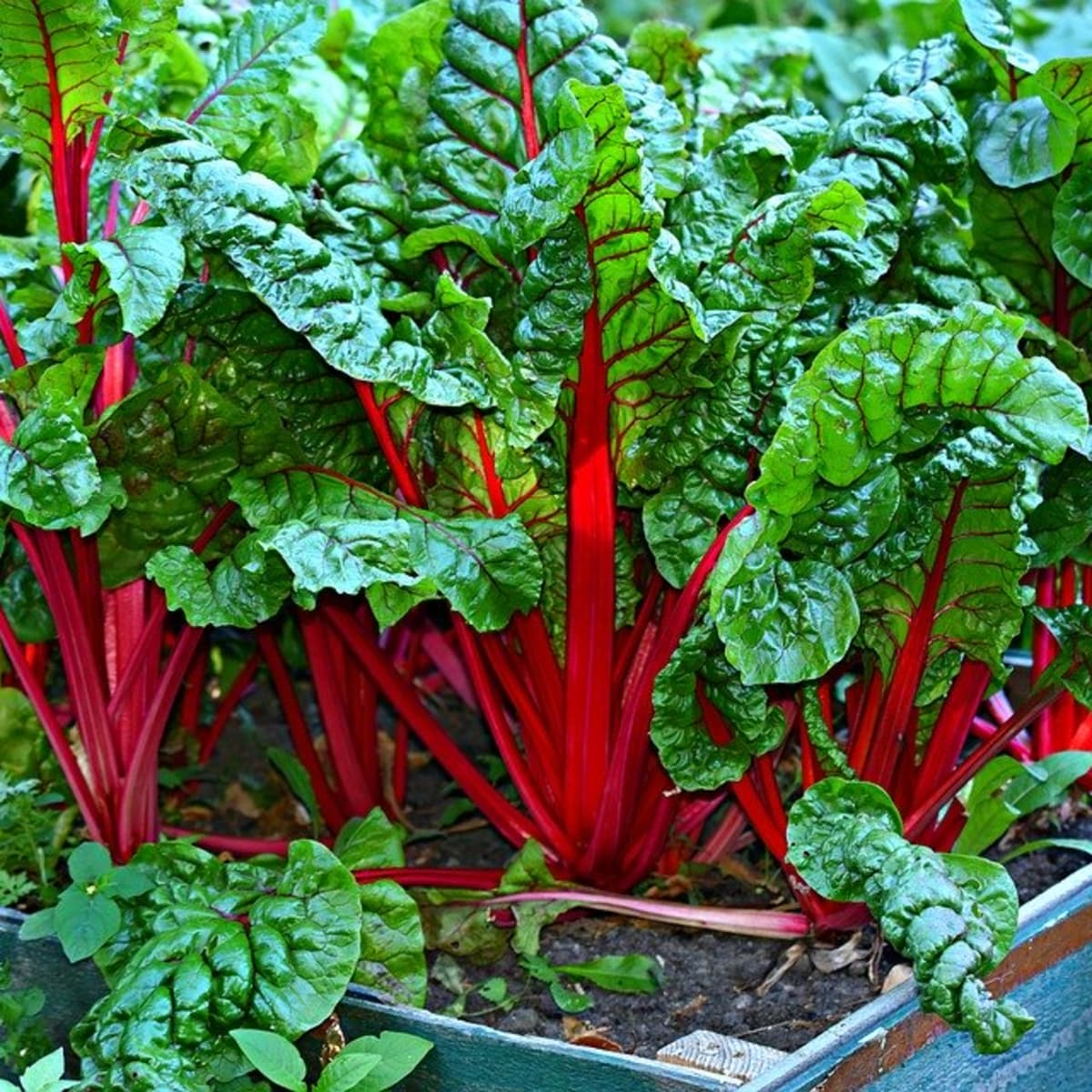

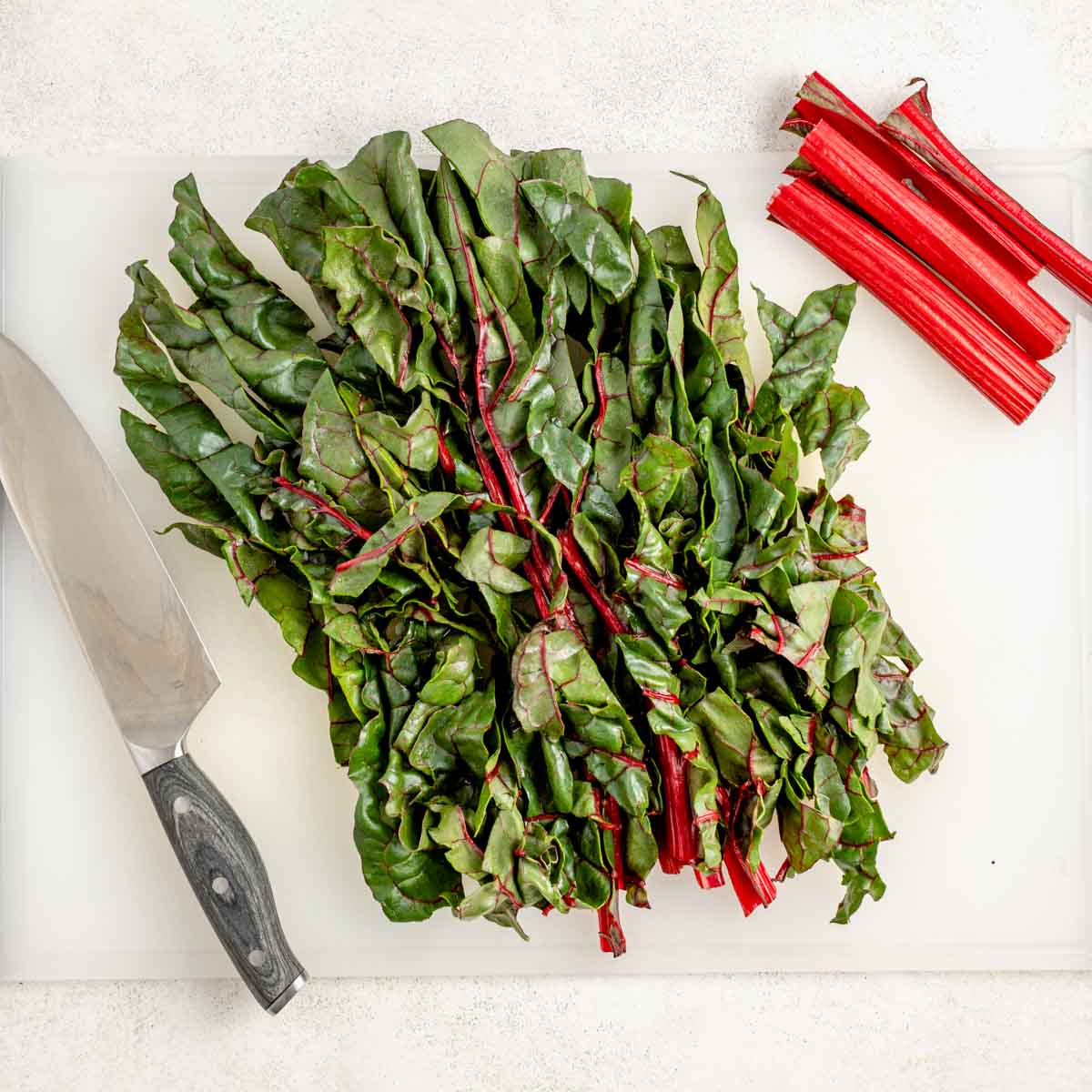
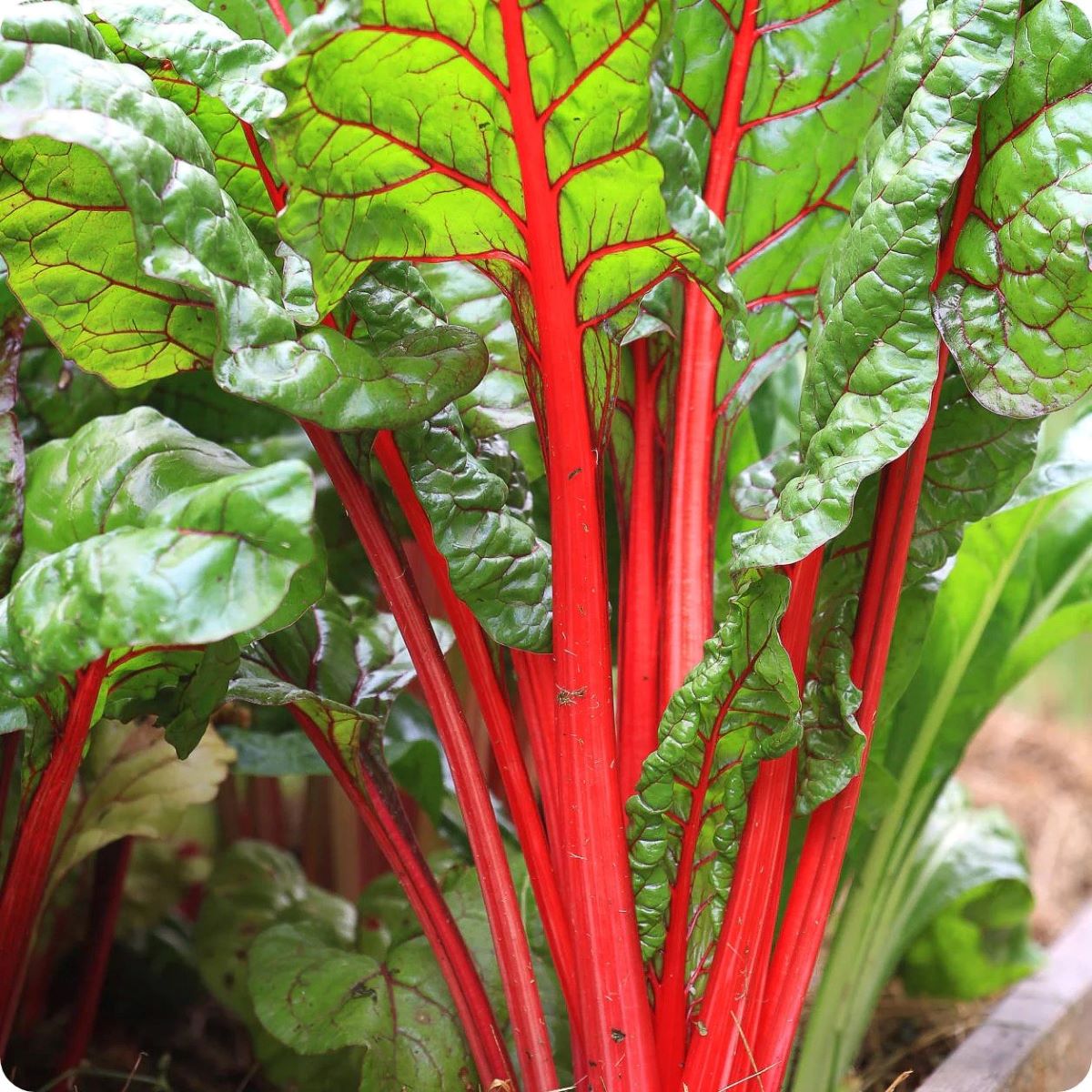





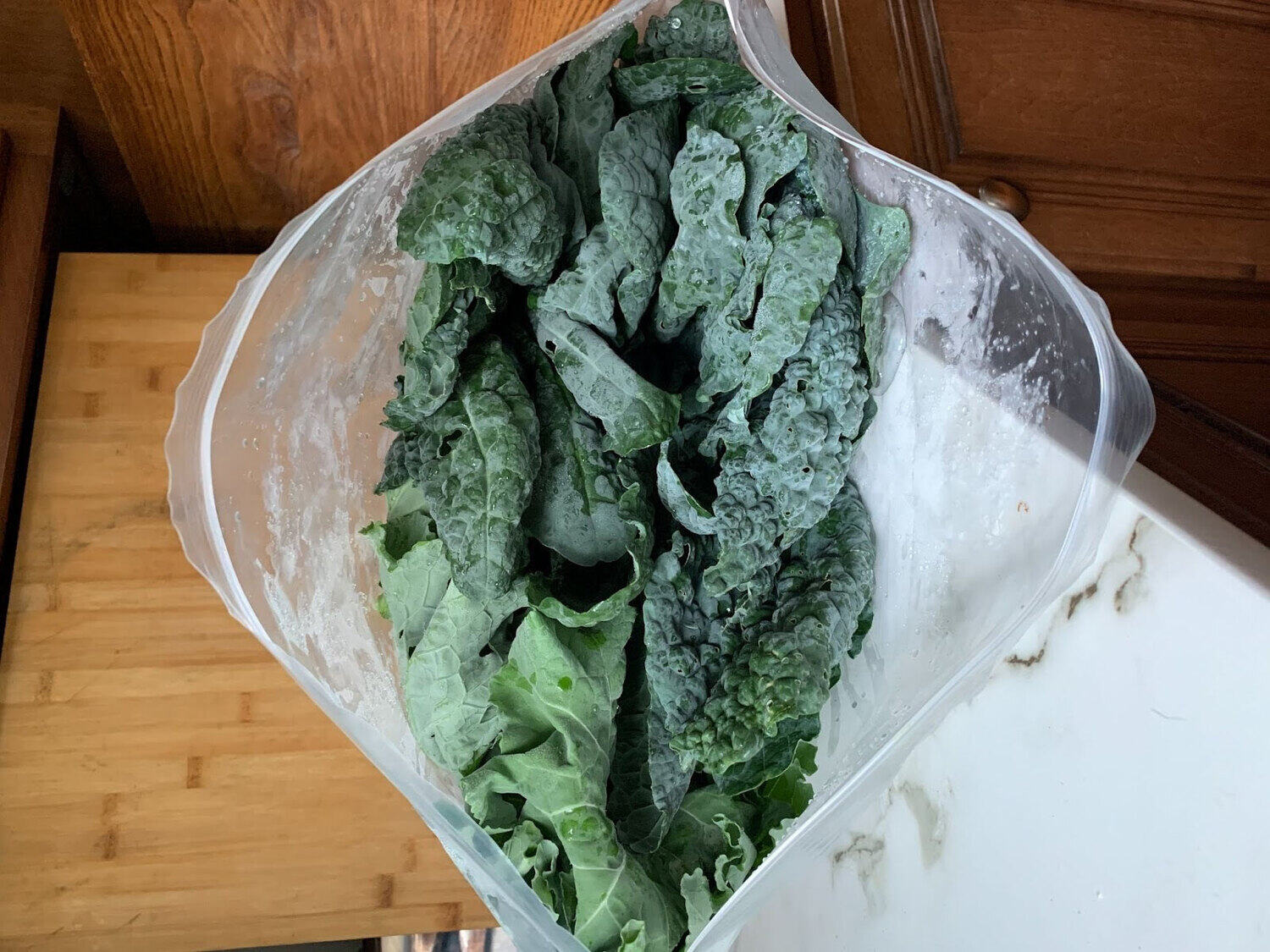

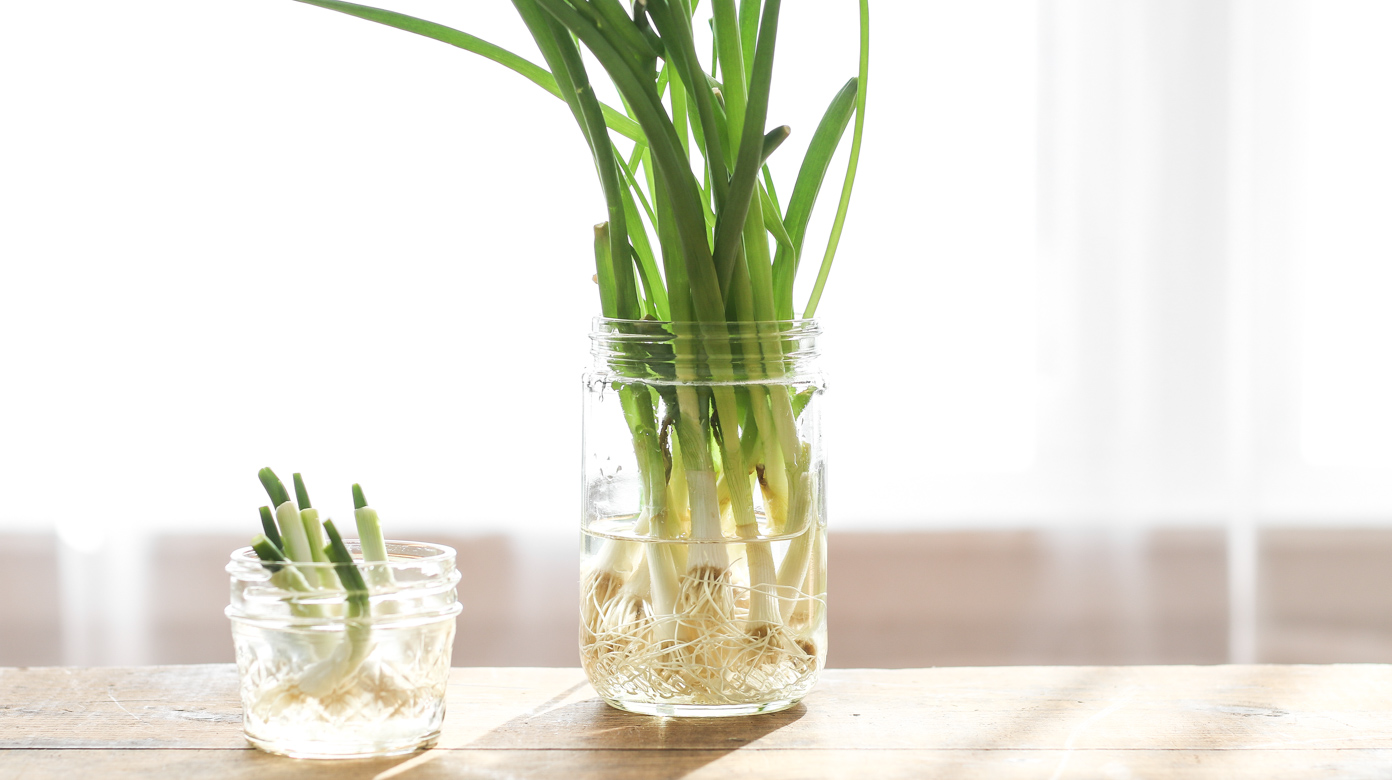


0 thoughts on “How To Store Swiss Chard In The Fridge”